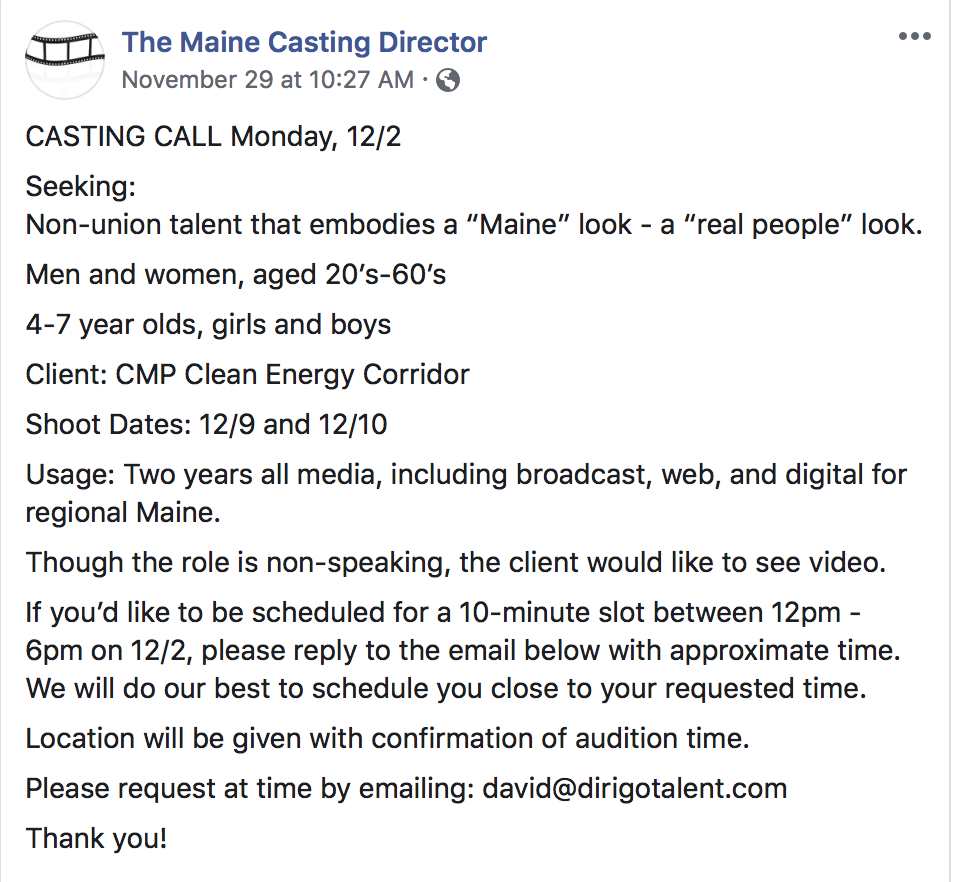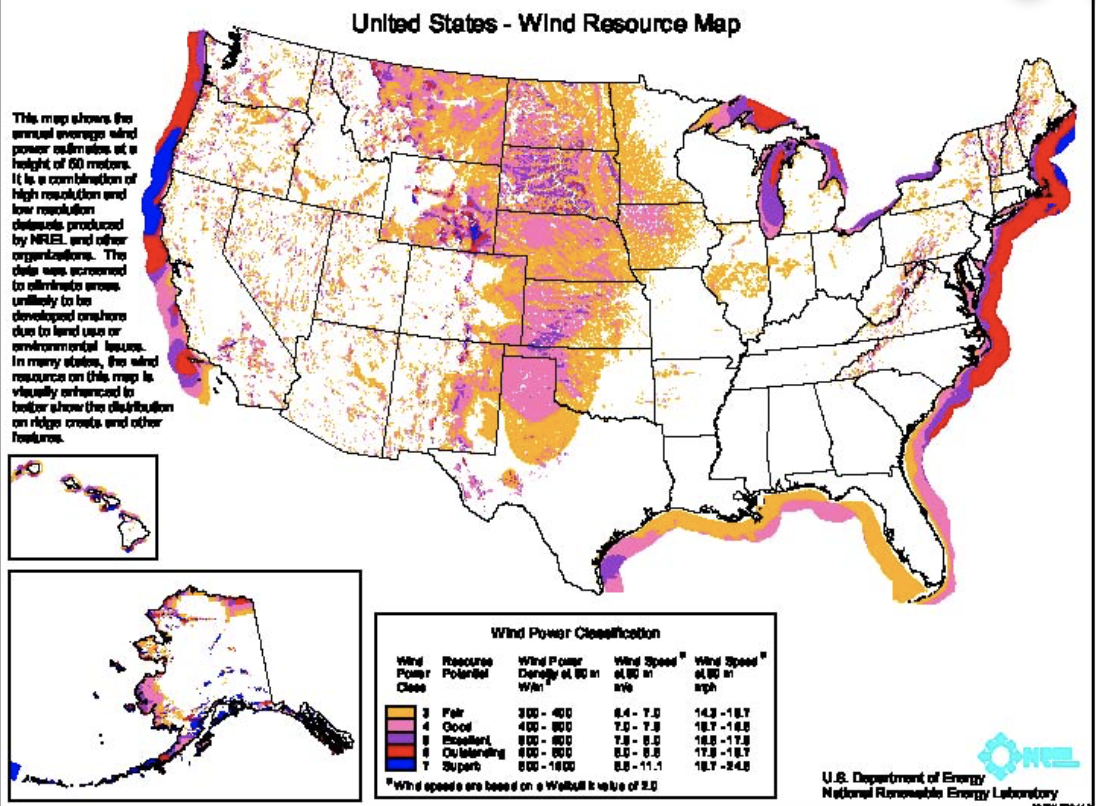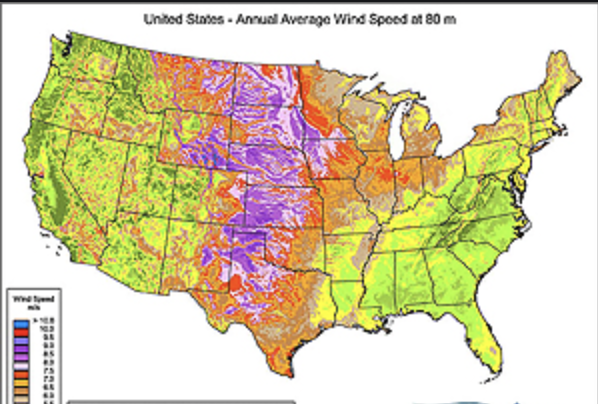NERA includes 12 company members and received $245,000 in total revenue in 2018, Public Citizen pointed out in its testimony. Contributions make up the entirety of the group's revenue, according to its 990 tax forms, averaging approximately $20,000 per member.
"A $20,000 financial contribution to become a 'member' of the New England Ratepayers Association orients its membership more in line [with] a corporate trade association," Public Citizen wrote in its comments.
NERA describes itself as "an independent non-profit" that was "established to give a larger voice for the families and businesses that are served by regulated utilities." NERA's Brown did not respond to multiple Utility Dive questions about its funding and membership.
"NERA isn't some rag tag bunch of dreamers. They are a well financed corporate front group pursuing a smart, aggressive playbook," said Slocum.
The referee for this match is the Federal Energy Regulatory Commission, who has recently embarked on a campaign to reverse the past decade of energy policy set by earlier Commissioners and remake the agency into a partisan political stooge for the industry it regulates. You might call it a new era of regulatory capture.
The prize for this fight is net metering, a subject that was thoroughly adjudicated nearly a decade ago and firmly decided as not within FERC's jurisdiction. However, NERA now says that it IS FERC jurisdictional and that the Commission should regulate excess energy production that feeds back to the grid and set its price as the utility's avoided cost. All this has been thoroughly picked over and decided long ago, but NERA believes it can now get a different result from the new FERC.
Public Citizen wants to make this a slugfest over who actually represents consumers and who represents special interests. Somehow they believe having this sideshow argument is going to derail NERA's petition. NERA is probably laughing themselves silly while they wave their red cape at Public Citizen.
Who will win? It doesn't matter, because we all lose.



 RSS Feed
RSS Feed